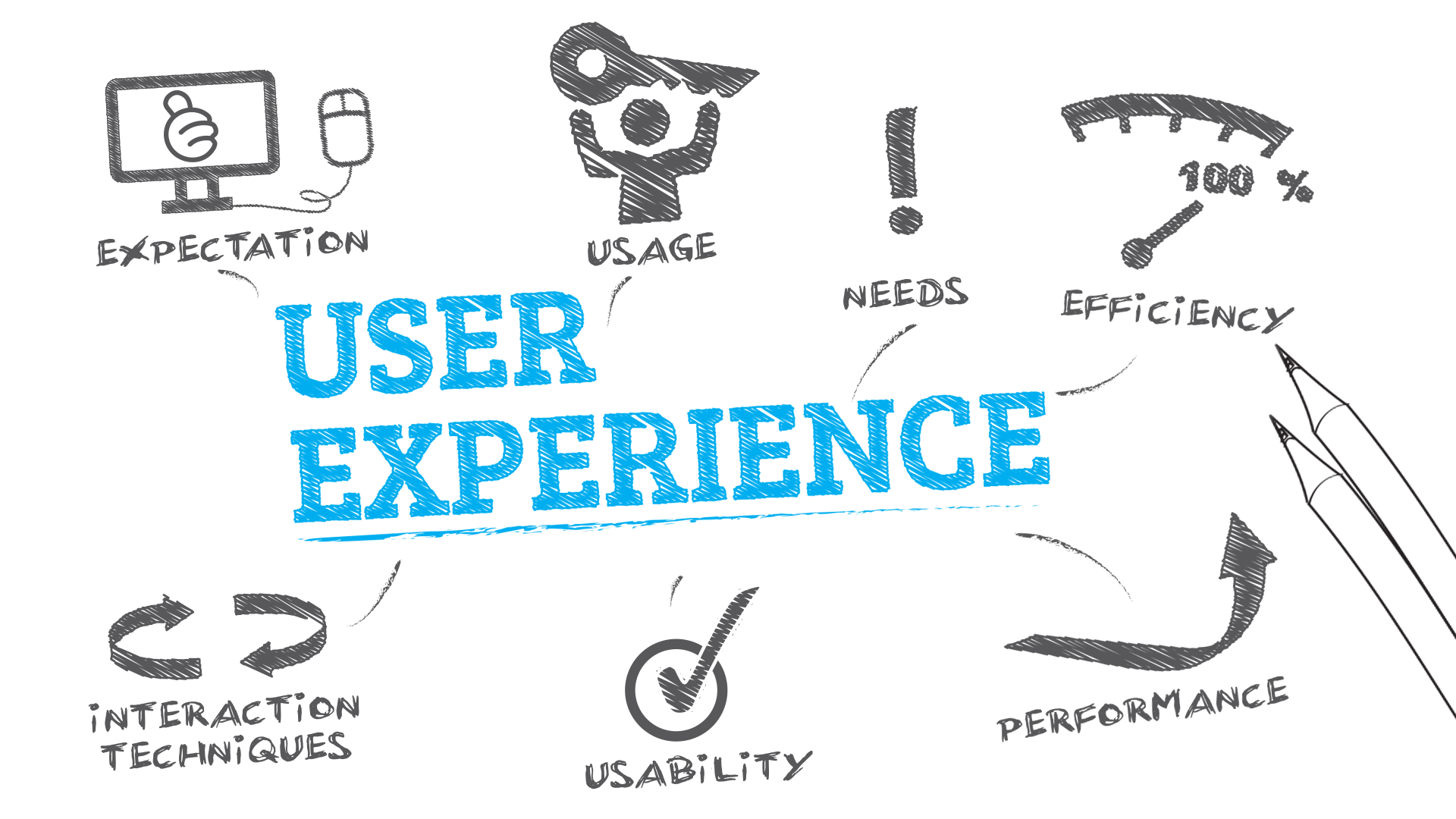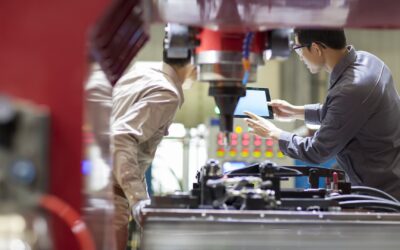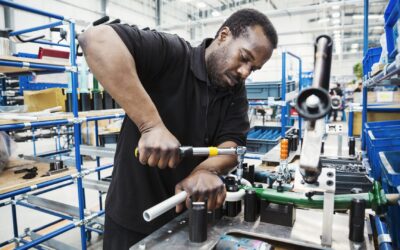The traditional manufacturing paradigm focuses on products – engineering, refining, and delivering them to provide consumer value that translates to sustainable revenue. On the other hand, modern business models have shifted towards the adoption of information technology in all things. So, what if we keep the focus but rethink the target?
What Does It Mean to Stop Thinking About Products as Products?
Last year, we ran a piece discussing GM’s big shift: After 100 years, the firm declared its intentions to become a software company that incidentally happened to make vehicles.
GM’s move exemplified how products aren’t the sole focus anymore. In the case of modern automakers, vehicles are just the platform for delivering software. They power the in-cab apps, driver safety tools, autonomous-driving protocols, and other perks that keep manufacturers successful in a world of ever-increasing consumer expectations.
Shifting how we think about products doesn’t mean abandoning the physical consumer devices that many enterprises stake their names on. Instead, it’s about redefining the greater purpose those consumable goods serve with an eye on improving life for end-users.
Parallels in the Software World
It’s fitting that forward-thinking manufacturers are choosing software as their new domain of exploration. After all, blurring the line between software, products, and services is a time-honored tradition in the IT world.
As an example, consider internal developer platforms, or self-service ecosystems that let teams develop, test, and deploy new software systems at scale using common workflows that keep everyone on the same page. When companies like Adidas create these platforms to unify their multinational teams and gain insights into development processes, they often employ the “platform as a product” model. In other words, they apply concepts from the world of product design, such as close integration between end-users and developers, to ensure the creation of viable software tools that power mission-critical business processes.
Tying It All Together
Going beyond what most people consider to be a product makes it easier to capitalize on alternative modes of thought. For instance, Marty Cagan of Silicon Valley Product Group rather famously took a comprehensive approach to products, defining them as “holistic user experiences.” That broad perspective is unattainable if you only think of “product” in the traditional sense of the term.
Why is this shift to a software-first business model so important now?
The pace of modern innovation can be hard to track, but you can rest assured that consumers still want to be at the forefront. Demands are constantly evolving, so keeping up with added-value product strategies is key to staying competitive. For example, the automaker Tesla’s debt-heavy business model might be regarded as a financial failure even by generous standards, but the company’s focus on the cutting edge has arguably pushed competitors like GM towards a more software-oriented approach.
What happens if you only consider the product as the physical object you ship to a consumer? If you forget about things like ongoing support, customizations, and upgrades, then you’re bound to fail: Your business model will be wracked with blind spots from the start.
How will software-first models impact the entire manufacturing ecosystem?
The manufacturing world of the software-powered, product experience-driven future might not look so different from how things are today, at least from the outside. Even though these changes represent major cognitive and functional transitions for companies, the underlying ecosystems have long been gearing up for what’s to come.
Take concepts like digital twinning, or the idea of creating parallel virtualized models of real-world industrial systems. These architectures are already conveniently embedded in production-quality systems, such as those that measure the efficiency of factories and predict fleet maintenance needs. The software-first revolution might benefit from an application of the same concepts to products themselves, necessitating closer lifecycle integrations. Imagine a connected consumer appliance that sends its manufacturer damage reports while it’s being updated.
Software-first business models will also demand a reassessment of how companies deliver product features and interact with their users/consumers. Will automakers push updates over public wireless networks or require drivers to connect from home? How will firms that rely heavily on third-party suppliers ensure they can build data-capable consumer systems without running afoul of privacy laws?
It’s hard to predict how these changes might shape up since each use case is unique. One thing that’s for certain is that companies will need to account for software integrations from the beginning, not as an afterthought. Manufacturers should take another cue from the IT world and build systems that permit them to deliver software reliably before trying to add connected features to products that aren’t ready for them.
How will software-first manufacturing impact consumers?
Consumers might not notice the change at all, and that could actually be a good thing. Most companies that successfully deliver holistic product experiences do so by gradually refining their development and deployment processes. In other words, competitive businesses will likely strive to keep any growing pains hidden out of sight.
That isn’t to say that consumers will unexpectedly just wake up to a new world of software-driven products. Instead, they’ll gradually find themselves treated to a broader range of choices, optional features, and support services.
The Key Takeaway
To sum up, thinking about what you manufacture as more than mere products can help you drive engagement and take consumers on more exciting journeys. Ultimately, the question you need to ask yourself is just what a product should entail – and how to restructure your processes to deliver.
Automation Alley is a World Economic Forum Advanced Manufacturing Hub (AMHUB) for North America and a nonprofit Industry 4.0 knowledge center with a global outlook and a regional focus. We facilitate public-private partnerships by connecting industry, education and government to fuel Michigan's economy.




